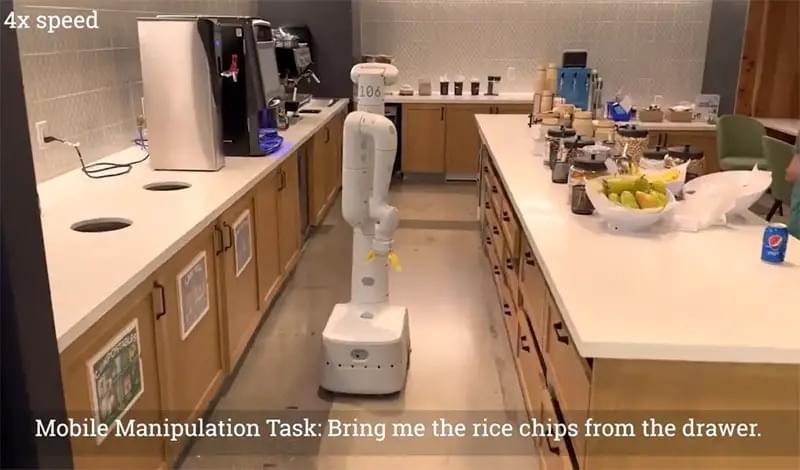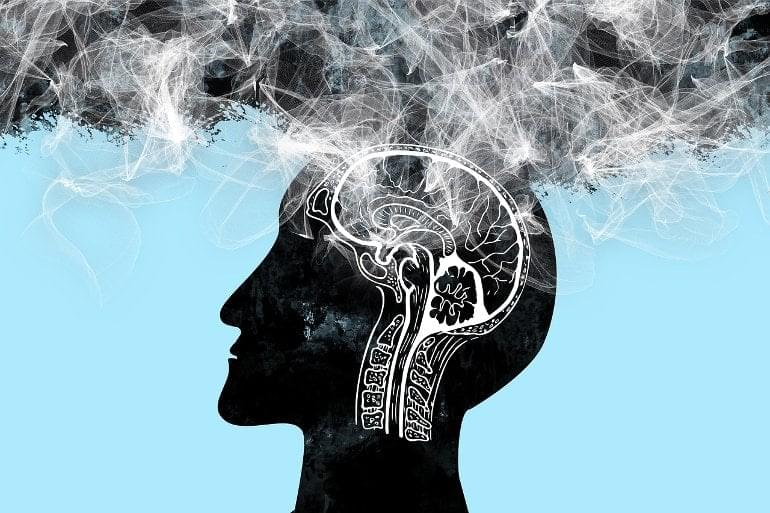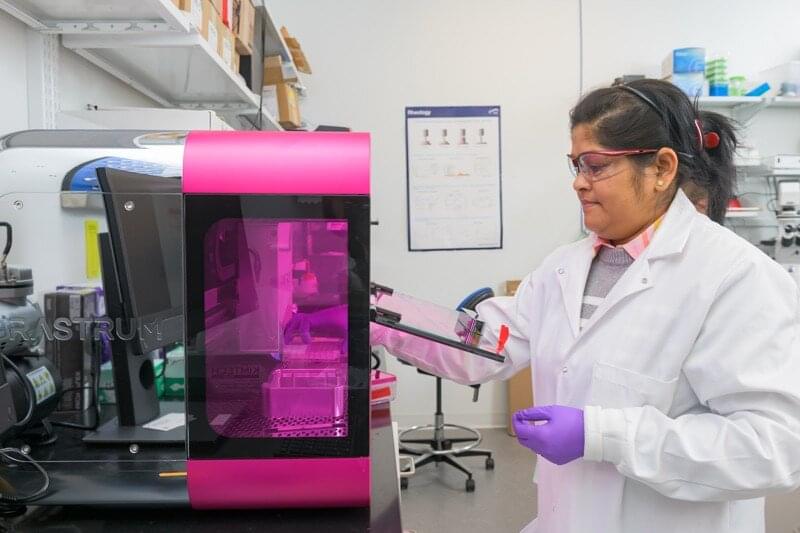This week, AI researchers at Google have revealed PaLM-E, an embodied multimodal language model with 562 billion parameters.




Scientists working in the School of Biochemistry and Immunology in the Trinity Biomedical Sciences Institute at Trinity College Dublin have made an important breakthrough in understanding what goes wrong in our bodies during the progression of inflammatory diseases and—in doing so—unearthed a potential new therapeutic target.
The scientists have found that an enzyme called fumarate hydratase is repressed in macrophages, a frontline inflammatory cell type implicated in a range of diseases including lupus, arthritis, sepsis and COVID-19.
Professor Luke O’Neill, Professor of Biochemistry at Trinity, is the lead author of the research article that has just been published in the journal, Nature. He said, “No one has made a link from fumarate hydratase to inflammatory macrophages before and we feel that this process might be targetable to treat debilitating diseases like lupus, which is a nasty autoimmune disease that damages several parts of the body including the skin, kidneys and joints.”

Summary: As the brain ages, microglia adopt dysfunctional states that increase the risk of developing neurodegenerative diseases such as Alzheimer’s disease.
Source: TCD
Scientists from the Trinity Biomedical Sciences Institute (TBSI) have shed new light on aging processes in the brain. By linking the increased presence of specialised immune cells to conditions such as Alzheimer’s disease and traumatic brain injury for the first time, they have unearthed a possible new target for therapies aimed at treating age-related neurological diseases.

Nearly 270,000 people in the United States are diagnosed with breast cancer each year.
According to the Susan G. Komen Foundation, about 70%–80% of these individuals experience estrogen receptor-positive (ER+) breast cancer, where cancer cells need estrogen to grow. In terms of treatment, this presence of hormone receptors provides a nice handle for targeting tumors, say with therapies that knock out the tumor cell’s ability to bind to estrogen and prevent remaining breast cancer cells from growing.
However, even if treated successfully, on average, one in five individuals with ER+ breast cancer experience a late recurrence when dormant tumor cells in distant parts of the body, such as the bone marrow, reactivate anywhere from five to over 20 years after initial treatment.
Roboticists have developed many advanced systems over the past decade or so, yet most of these systems still require some degree of human supervision. Ideally, future robots should explore unknown environments autonomously and independently, continuously collecting data and learning from this data.
Researchers at Carnegie Mellon University recently created ALAN, a robotic agent that can autonomously explore unfamiliar environments. This robot, introduced in a paper pre-published on arXiv and set to be presented at the International Conference of Robotics and Automation (ICRA 2023), was found to successfully complete tasks in the real-world after a brief number of exploration trials.
“We have been interested in building an AI that learns by setting its own objectives,” Russell Mendonca, one of the researchers who carried out the study, told Tech Xplore. “By not depending on humans for supervision or guidance, such agents can keep learning in new scenarios, driven by their own curiosity. This would enable continual generalization to different domains, and discovery of increasingly complex behavior.”

FallenKingdomReads’ Beginner’s Guide to The Dark Tower by Stephen King
The Dark Tower is a series of novels written by the American author Stephen King. The series is a blend of several genres, including dark fantasy, horror, and western. The series follows the journey of the protagonist, Roland Deschain, as he seeks the Dark Tower, a mythical structure that is said to be the center of all universes.

Making living cells blink fluorescently like party lights may sound frivolous. But the demonstration that it’s possible could be a step toward someday programming our body’s immune cells to attack cancers more effectively and safely.
That’s the promise of the field called synthetic biology. While molecular biologists strip cells down to their component genes and molecules to see how they work, synthetic biologists tinker with cells to get them to perform new feats — discovering new secrets about how life works in the process. In this episode, Steven Strogatz talks with Michael Elowitz, a professor of biology and bioengineering at the California Institute of Technology and a Howard Hughes Medical Institute Investigator.
In a historic achievement, University of Rochester researchers have created a superconducting material at both a temperature and pressure low enough for practical applications.
“With this material, the dawn of ambient superconductivity and applied technologies has arrived,” according to a team led by Ranga Dias, an assistant professor of mechanical engineering and physics. In a paper in Nature, the researchers describe a nitrogen-doped lutetium hydride (NDLH) that exhibits superconductivity at 69 degrees Fahrenheit (20.5 degrees Celsius) and 10 kilobars (145,000 pounds per square inch, or psi) of pressure.
Although 145,000 psi might still seem extraordinarily high (pressure at sea level is about 15 psi), strain engineering techniques routinely used in chip manufacturing, for example, incorporate materials held together by internal chemical pressures that are even higher.